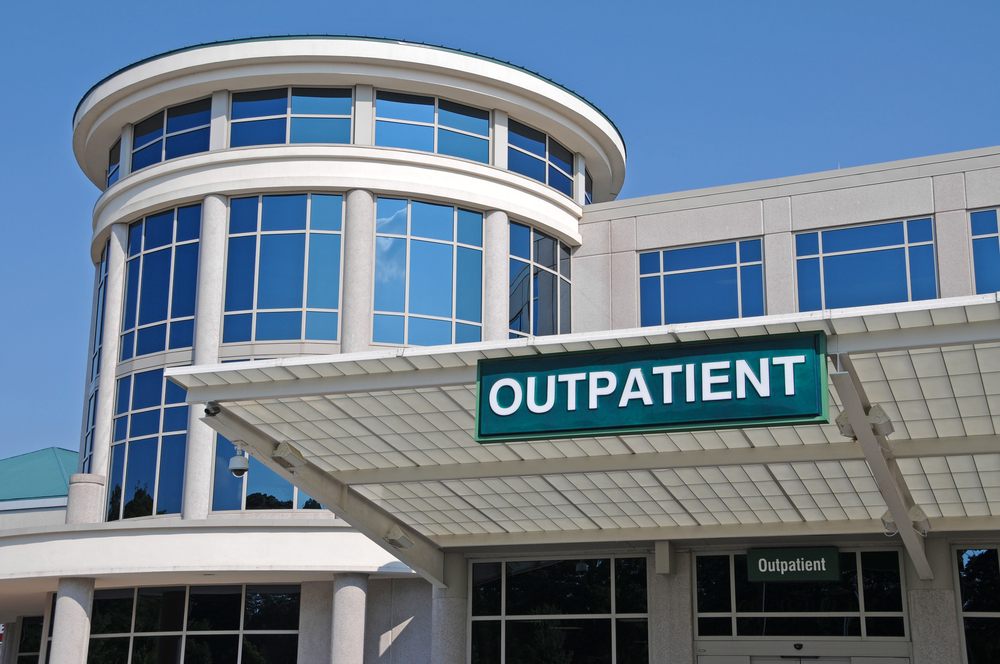
Do you remember back in 2021 when CMS first proposed to implement G2211, office/outpatient E/M visit complexity add-on, but the effective date was delayed by congress? Well, get ready, because come January 1, 2024, it will now be a billable, reimbursable service carrying a work RVU of .33 and an estimated $16.48 for Medicare participating providers. The purpose of this service is to acknowledge and reimburse for previously unaccounted complexity and intensity associated with furnishing longitudinal medical (non-surgical) care. CMS estimates the use of G2211 to be approximately 38% of all office/outpatient E/M visits initially. Now let’s break down the guidelines because you know there are rules!
The official code description for G2211, visit complexity inherent to evaluation and management associated with medical care services that serve as the continuing focal point for all needed health care services and/or with medical care services that are part of ongoing care related to a patient’s single, serious condition or a complex condition. (Add-on code, list separately in addition to office/outpatient evaluation and management visit, new or established)), offers some key guidance behind proper use:
- Must be reported in addition to an office/outpatient E/M service, new or established patient.
- Code range 99202-99215
- The relationship between the patient and practitioner is the determining factor, not based on the characteristics of patients.
- There must be demonstration of ongoing medical care for a particular patient with consistency and continuity over time.
- Service may be more prevalent for primary care providers, however, it is not restricted from specialists who may render longitudinal care for a single, complex condition, such as an infectious disease provider being the focal point for all care of a patient with HIV.
- G2211 may not be reported when the care furnished during an office/outpatient E/M service when the condition is of a discrete, routine, or time-limited nature, such as, but not limited to:
- Mole removal
- Treatment of a simple virus
- Counseling related to seasonal allergies
- Initial onset of GERD
- Treatment of a fracture
- Visits where comorbidities are either not present or not addressed
- Billing practitioner has not taken responsibility for ongoing medical care for a patient with consistency and continuity over time, or does not plan to take responsibility for subsequent, ongoing medical care for a patient with consistency and continuity over time.
- Not payable when underlying E/M service is reported with modifier -25, significant, separately identifiable E/M service by the same physician or other qualified health care professional on the same day of the procedure or other service.
- CMS believes that separately identifiable visits occurring on the same day as a minor procedure have resources that are sufficiently distinct from the costs associated with furnishing stand-alone E/M visits to warrant different payment.
- CMS will continue to monitor the utilization of this code for future rule making.
- Permanently added to list of CMS approved telehealth services
- May be reported when a visit is conducted via telephone (audio-only).
The implementation of G2211 should benefit those providers whose services mainly focus on office/outpatient E/M services and managing patients who require longitudinal care. If this is a service you or your practice will be reporting come January 1, 2024, be sure your staff, including coders and billers, are informed to ensure smooth implementation.
For more information, see the 2024 Medicare Physician Fee Schedule Final Rule.